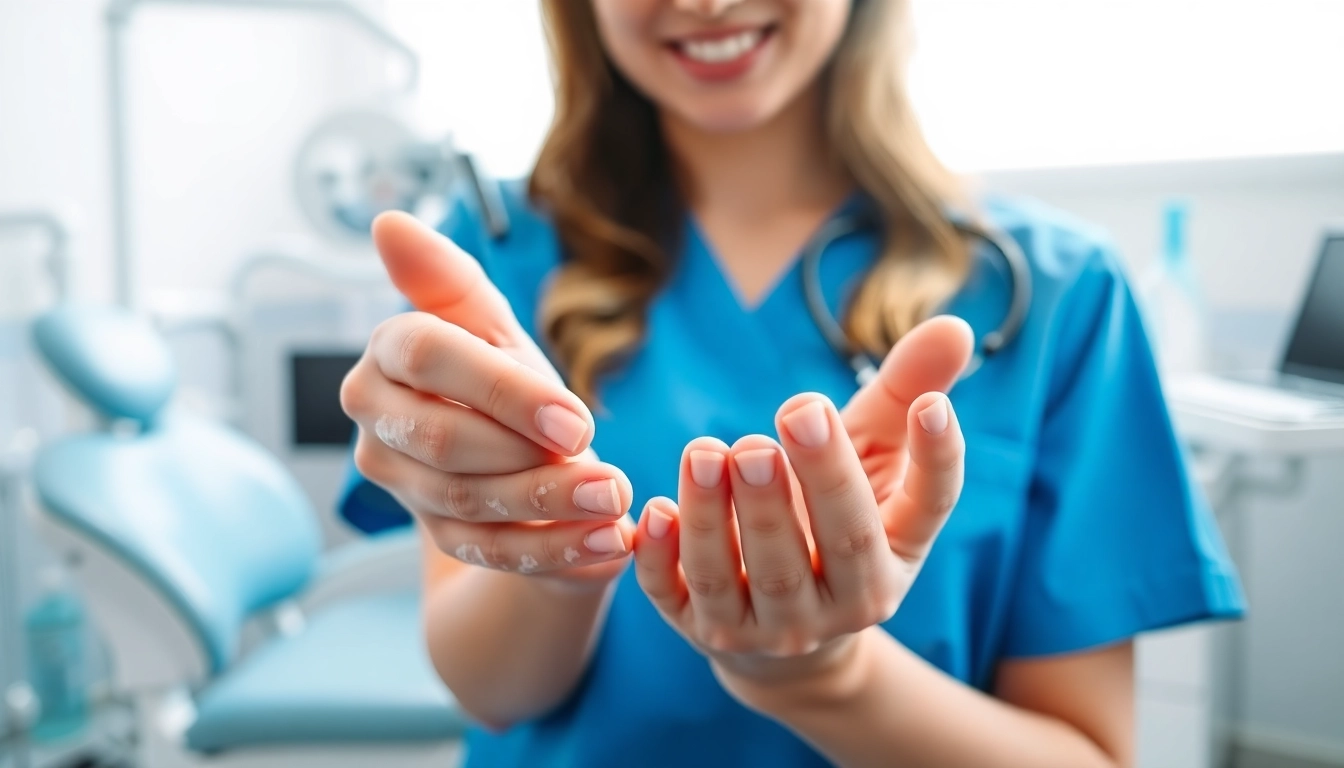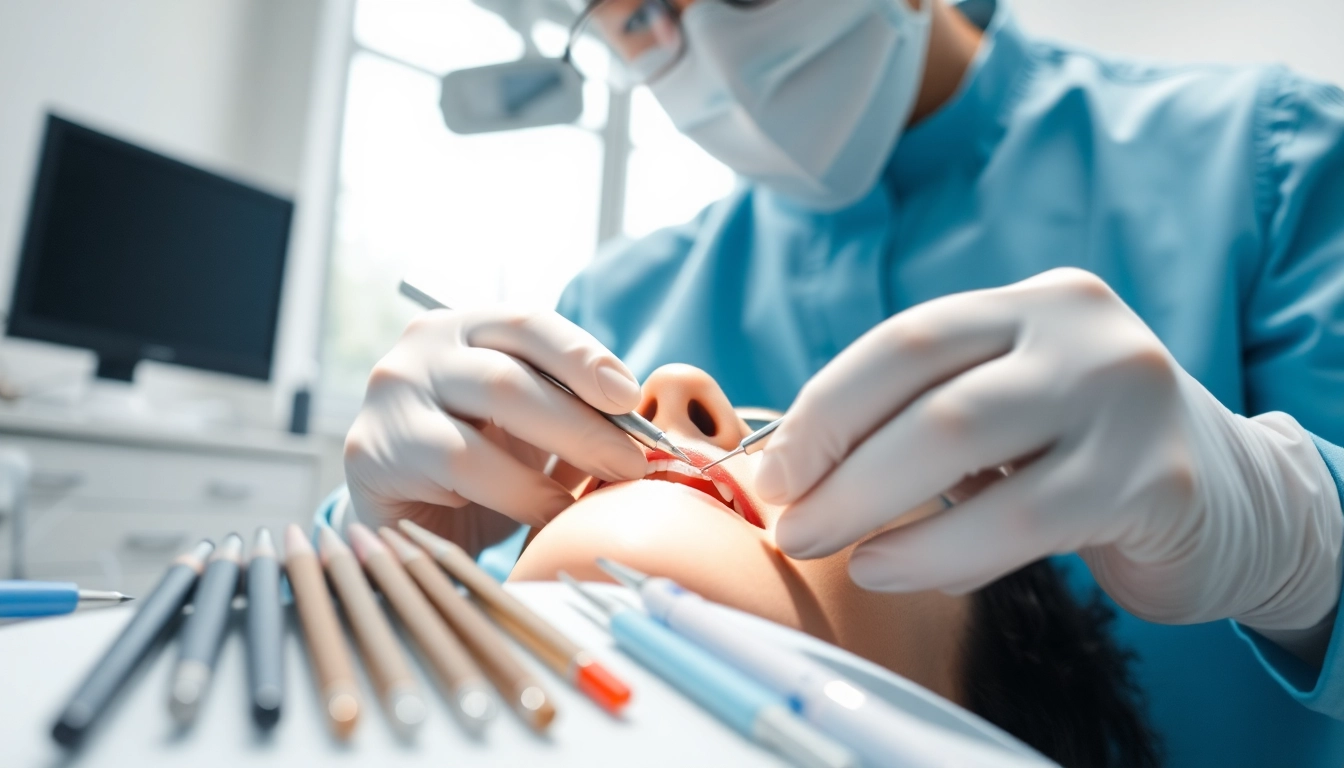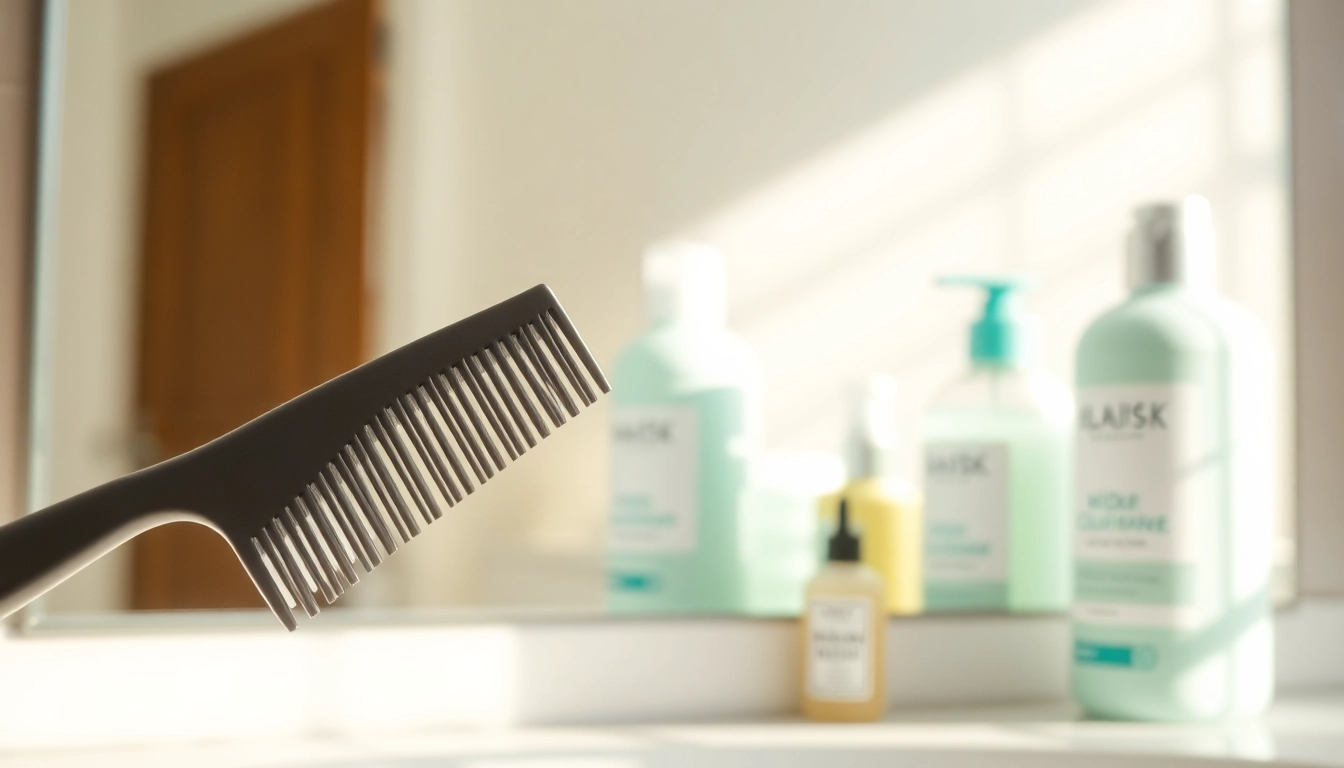
Understanding Hygiene in Dental Care
Hygiene is a critical aspect of dental care that encompasses practices and conditions aimed at maintaining health and preventing disease through cleanliness. In dentistry, good hygiene not only preserves the health of teeth and gums but also contributes to overall well-being. Hygiene serves as the foundation of effective dental practices, ensuring patients remain safe from infections and other health complications.
The Importance of Hygiene in Dentistry
The importance of hygiene in dentistry cannot be overstated. Dental professionals work in a field where exposure to bacteria and viruses is inevitable. By adhering to stringent hygiene protocols, they protect both themselves and their patients. Poor hygiene can lead to a range of dental issues, including cavities, periodontal disease, and systemic infections. Regular oral hygiene prevents destructive oral conditions and promotes long-term dental health.
Common Hygiene Practices
Common hygiene practices in dentistry include:
- Hand Hygiene: Dental professionals wash their hands before and after patient interaction to minimize the risk of infection.
- Use of Personal Protective Equipment (PPE): Gloves, masks, and protective eyewear are worn to create a barrier against contaminants.
- Surface Disinfection: Dental instruments and surfaces are disinfected between patients to prevent cross-contamination.
- Patient Education: Dentists educate patients on maintaining good oral hygiene practices at home, such as brushing and flossing.
Misconceptions About Dental Hygiene
Despite its importance, there are several misconceptions about dental hygiene that can hinder individuals from maintaining proper oral care:
- Only Brushing Matters: Many believe that brushing alone is sufficient for oral hygiene. In reality, flossing and routine dental check-ups are equally essential.
- Dental Hygiene is Only Necessary When There’s an Issue: Prevention is key; regular hygiene practices prevent issues before they start.
- All Mouthwashes are the Same: Not all mouthwashes are effective against bacteria; it’s crucial to choose one with antimicrobial properties.
Key Hygiene Tips for Patients
Daily Oral Hygiene Routine
A healthy smile starts with a consistent daily oral hygiene routine. Here’s a recommended schedule:
- Brush Twice a Day: Use fluoride toothpaste and a soft-bristled toothbrush to brush for at least two minutes, ensuring you cover all surfaces of the teeth.
- Floss Daily: Flossing helps remove plaque and food particles between teeth where a toothbrush can’t reach.
- Use Mouthwash: Use an antiseptic mouthwash to reduce bacteria and freshen breath.
- Stay Hydrated: Drinking water can help wash away food particles and bacteria.
Choosing the Right Products for Dental Hygiene
Selecting the right dental care products is essential for effective hygiene. Consider the following criteria:
- Toothbrush: Opt for a toothbrush with soft bristles that fits comfortably in your mouth.
- Toothpaste: Look for fluoride toothpaste recommended by dental professionals for cavity protection.
- Floss: Choose unwaxed or waxed floss depending on your personal preference and the spacing of your teeth.
- Mouthwash: Pick a mouthwash with antibacterial properties to combat plaque and bad breath.
How Diet Affects Oral Hygiene
Diet plays a critical role in oral health. Consuming a balanced diet rich in vitamins and minerals supports teeth and gum health. Foods high in sugar can lead to dental decay and cavities. Here are some dietary tips:
- Limit Sugary Foods: Swap candy and soda for healthier snacks such as fruits, vegetables, and nuts.
- Incorporate Dairy Products: Foods rich in calcium promote stronger teeth.
- Stay Away from Acidic Foods: Reduce intake of citrus fruits and soda to prevent enamel erosion.
Professional Hygiene Standards in Dentistry
Regulations Governing Hygiene Practices
Many regulations govern hygiene practices in the dental environment, including guidelines set forth by the Centers for Disease Control and Prevention (CDC) and the American Dental Association (ADA). These standards require dental practices to implement the following hygiene measures:
- Routine hand hygiene protocols.
- Proper cleaning and sterilization of instruments.
- Disposal of single-use items in compliance with safety regulations.
- Educational programs for staff regarding updated hygiene practices.
Controlling Cross-Contamination in Dental Offices
Cross-contamination can occur when infectious agents pass between patients and providers, making it essential for dental practices to have strict protocols in place. Common strategies include:
- Use of Barriers: Plastic barriers on equipment and surfaces can prevent direct contact with contaminated items.
- Controlled Access: Limiting patient flow and ensuring that waiting areas remain clean helps to control the spread of pathogens.
- Training: Regular staff training ensures that everyone is aware of and adheres to hygiene protocols.
Importance of Sterilization Techniques
Effective sterilization techniques are crucial for preventing infections in dental practices. Here are the main types:
- Autoclaving: This steam sterilization process is highly effective for dental tools and equipment.
- Chemical Sterilization: Utilized for items that cannot withstand high heat, chemical agents can disinfect tools effectively.
- Daily Monitoring: Regular checks and biological indicators should be used to verify that sterilization processes are effective.
Promoting Good Hygiene Habits in Children
Teaching Kids About Personal Hygiene
Teaching children about personal hygiene is essential for establishing lifelong habits. Strategies for effective teaching include:
- Modeling Behavior: Children learn by example; demonstrate proper dental hygiene practices in your routines.
- Interactive Learning: Engage them with games or stories that emphasize the importance of oral health.
Fun Activities to Reinforce Hygiene Education
Making hygiene education fun can help children remember key concepts. Try these activities:
- Hygiene Chart: Create a chart for daily hygiene tasks where children can track their progress with stickers.
- Creative Arts: Let kids draw or make models representing healthy teeth.
- Science Experiments: Simple experiments that show the effects of sugar on teeth can be entertaining and educational.
Recognizing Signs of Poor Hygiene
Recognizing the symptoms of poor hygiene in children helps to address issues promptly. Warning signs include:
- Bad breath that persists despite brushing.
- Frequent complaints of toothaches or sensitivities.
- Difficulty in eating or chewing.
The Future of Hygiene Practices in Dentistry
Emerging Technologies in Dental Hygiene
Advancements in technology are reshaping dental hygiene practices. Some emerging technologies include:
- Dental Lasers: Lasers can help in minimally invasive treatments and reduce the need for traditional drills.
- Tele-dentistry: Remote consultations are becoming more popular, allowing dentists to monitor patient hygiene from afar.
- AI-Assisted Diagnosis: Artificial Intelligence can help in identifying potential dental issues before they become severe.
Trends in Hygiene Care Post-Pandemic
The COVID-19 pandemic has presented new challenges for dental care, leading to trends such as:
- Increased Emphasis on Infection Control: Enhanced protocols for sanitization and patient screening have been widely adopted.
- Virtual Appointments: More practitioners are offering remote consultations to limit direct contact during check-ups.
Research Innovations in Oral Hygiene Practices
Continuous research in oral hygiene is essential for advancing dental care. Recent innovations focus on:
- Smart Toothbrushes: Devices that provide feedback on brushing technique can significantly improve hygiene practices.
- Probiotics for Oral Health: Research indicates that certain probiotics may help in reducing plaque and gingivitis.
- 3D Printing in Dentistry: This technology enables personalized dental products, such as custom-fit mouthguards or prosthetics, enhancing patient care.







